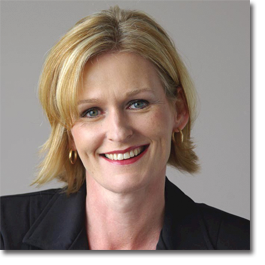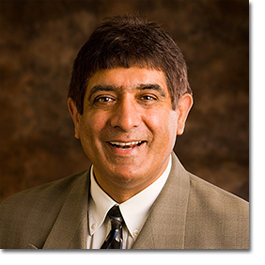Live like a Minimalist: start by decluttering your finances
Chantel Chapman, Special to Financial Post | February 10, 2017
More and more people are attempting to live a simpler, minimalist lifestyle. Whether they were inspired by The Minimalists Documentary on Netflix, Marie Kondo’s The Life-changing Magic of Tidying up, or simply noticed their own spending habits were getting out-of-control— the shift is apparent.
A minimalist lifestyle isn’t anti-consumerism; it’s about being deliberate and mindful with every purchase, rather than letting impulse- or emotion-driven shopping habits take over. Joshua Fields Millburn and Ryan Nicodemus, of the Minimalists Documentary, urge people to ask themselves, “Will this purchase add value to my life?” before pulling out the credit card.
An attachment to our “stuff” is a huge factor keeping people in debt. The average Canadian owed $21,348 in consumer debt in 2016—that’s a 2.7% increase over the past year*. We’ve been socialized to feel that there are things we “need” to be happy, largely perpetuated by the media and advertising.
If you’re making the shift toward living with less, almost all the experts suggest you start by decluttering and letting go of things that aren’t adding value, or that you simply aren’t using. A great place to start that you may not have considered? Your finances.
Along with plans to clean out your storage unit, attempt a project 333 with your closet, and tackle your junk drawer— consider simplifying your financial clutter:
- Pay your outstanding expenses
Whether it’s an unpaid parking ticket, late MSP payment, or even an IOU to a friend, many people have outstanding expenses. They could even be in the form of physical clutter, having been stuffed in a drawer and forgotten. Go through all your outstanding expenses and settle up. You might not realise some of these seemingly trivial unpaid bills could be negatively affecting your finances, in the form of your credit score. Payment history makes up approximately 35% of your credit score, so remedying this is a fast way to improve your score. If you can, sign up for automated payments on anything recurring to make sure you don’t miss any future payments.
If your outstanding expenses include credit card debt, you may want to consider an installment loan to pay it off. Missing credit card payments, or even maxing out your credit card will have a negative impact on your credit score, which can have negative repercussions down the road. Credit card debt is considered revolving debt, meaning you can immediately re-borrow what you paid back on principal. This type of debt encourages overspending or maxing out your limit regardless of whether you have a 5% or 30% interest rate. In fact, 46% of Canadians carry a monthly credit card balance. Unlike revolving credit, an installment loan has a specific term and requires you to pay back interest and principal in every payment, which means you have a set deadline for paying it off and getting out of debt.
- Do a subscription inventory
Who hasn’t signed up for a free 3-month trial, only to forget to cancel it? The next thing you know, you’ve been paying for an annual subscription for something you might not even use. Do a subscription inventory. Think about the Minimalists’ mantra when you’re deciding what to keep: Does this add value to my life? It might seem like $5, $10, $20 a month is incidental, but it can add up.
There are even apps like Truebill and Trim that will help you do a subscription inventory so you don’t have to do it manually.
- Know where your money’s going
This probably seems obvious. But if you’re like half of the country and are living paycheque to paycheque, you could be unclear about exactly where your money is going. Make a budget. Start by sitting down and going through your finances for the past three months, categorizing your spending (ie. rent/mortgage payments, groceries, dining out, etc.). You might be surprised to see where your money’s going. The first step to making a budget is knowing how you’re spending now. After you’ve done that, you can start making that ideal budget in each of the categories—ideally with a savings budget for something that will add value to your life (like a down payment for a home or a travel fund for the yearly vacation you want to take).
There are also some apps, like Mint, that will help you with the categorization. When you have your budget done, ideally you should have your fixed costs (bill payments, rent/mortgage payments, savings) automatically coming out of your bank account, and the rest in a ‘Spending Account,’ like the MogoCard (which is now in beta). By separating your spending into a separate account, it’s easier to know what you have available to spend and make sure that you don’t spend money meant for something else.
Comments are closed.









